The host of the US GP from 1961 to 1980, Watkins Glen was much loved by the visiting F1 circus.
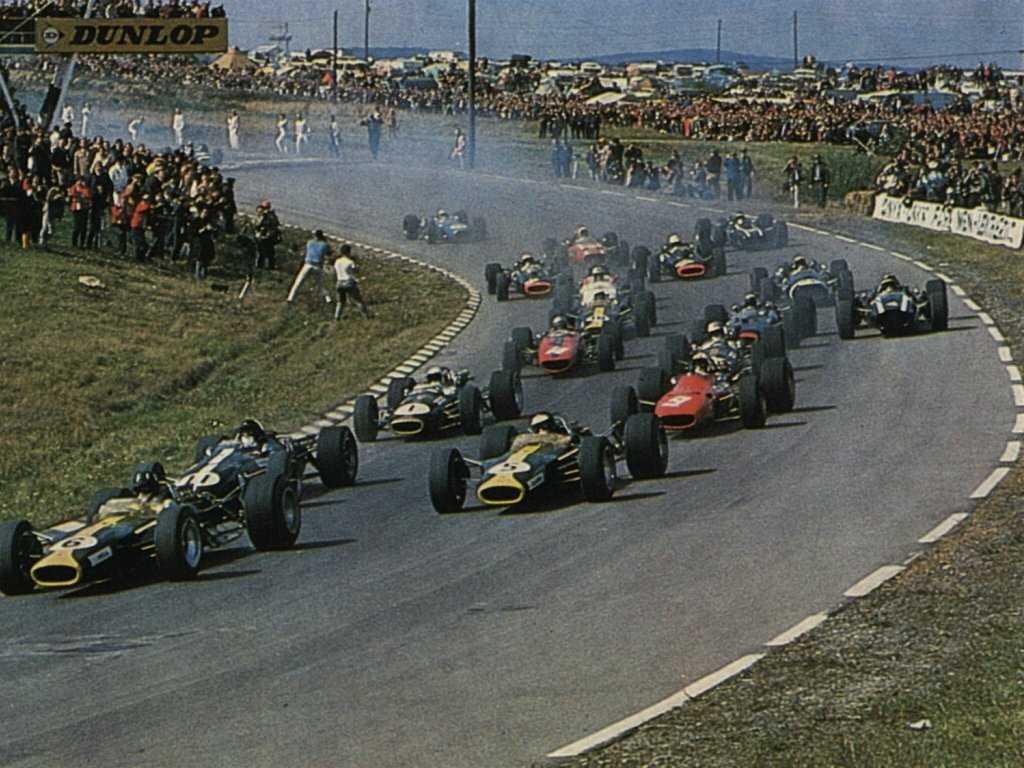
1967 United States GP: Watkins Glen, New York, USA. 30/9 - 1/10 1967. At the start Graham Hill (Lotus 49 Ford) leads from Dan Gurney (Eagle T1G Weslake), Jim Clark (Lotus 49 Ford), Chris Amon (Ferrari 312), Jack Brabham and Denny Hulme (Brabham BT24-Repco), Bruce McLaren (McLaren M5A BRM), Jackie Stewart, Jochen Rindt, Moises Solana, Jo Siffert, John Surtees, Mike Spence, Chris Irwin, Jo Bonnier, Jacky Ickx, Guy Ligier and Jean-Pierre Beltoise. World Copyright: LAT Photographic.
For most of its history it provided us with the season finale, apart from a few years. That always added to the buzz, while the other key factor was that it was always regarded as the richest race of the year.
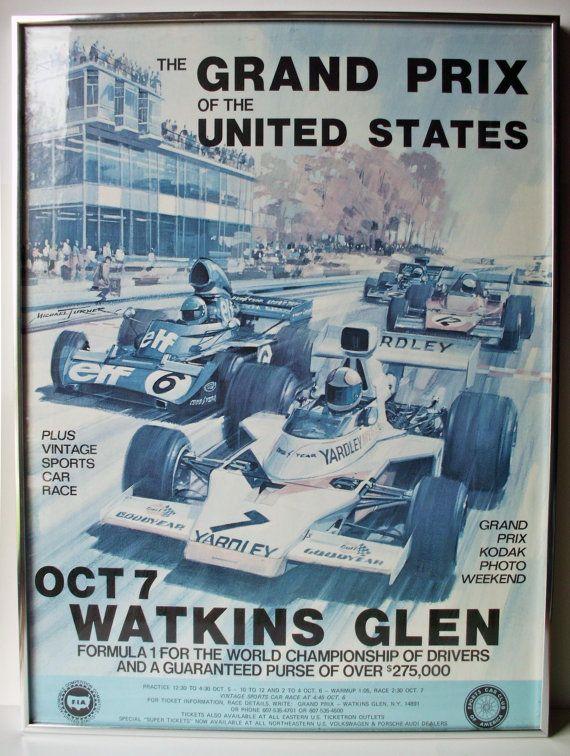
The teams enjoyed the trip in part because the paddock featured a large building known as the Technical Center, where all the cars and equipment could be housed under one roof. Meanwhile most F1 drivers stayed at the Glen Motor Inn, and there was much rowdy socialising in the evenings in local hostelries, notably the Seneca Lodge, where the mechanics tended to stay.
What really made Watkins Glen special was the way the track carved its way across the hilly New York State countryside and the fact that it left little margin for error, as the concept of run-off areas was an alien one at the time. It was a proper road circuit, and the attractive Finger Lakes scenery was the icing on the cake.
The fans loved it as much as the drivers, and the place always attracted huge crowds, despite the autumnal weather. For some the annual pilgrimage was as much about the fun to be had off track, and the drink-fuelled partying in the circuit's muddy 'Bog' area was the stuff of legend.
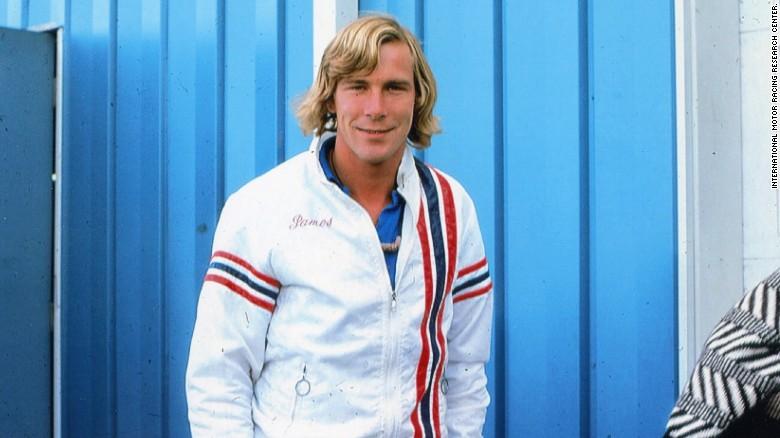
James Hunt won back-to-back US GP in 1976 and 1977.
However, the race that sticks in the mind took place in 1976. Much has been written and said about the famous finale at Fuji Speedway that year, but it was his successes in Canada and in the penultimate race of the season at Watkins Glen that really propelled James Hunt to that year's world title.
“It was really too much to do,” he said in his 1977 book, “Against All Odds”. “So by Watkins Glen I wasn't too bothered about the championship, but I hadn't given up on it completely, because while there's life there's hope. I could only knuckle under and go after each race as it came and try to win it”.
“After about 10 laps at Watkins Glen I realised I was driving like an old grandmother. Jody was about three seconds up on me and I was holding the gap, so there was no problem about that, no danger that he would disappear into the distance. But I wasn't closing on him either, and I ought to have been”.
“I was making mistakes all around the track and I had to spend five laps learning it all over again, concentrating purely on the driving and nothing else.”
“The important thing to me is that I was able to pinpoint the fact that I was driving badly and do something about it”.
Thanks to the oversteer he lost time to Scheckter coming out of two vital corners onto straights, but having closed the gap he was finally able to pounce when the South African hesitated behind a backmarker. Later a missed gear change when James was himself wrong-footed by a tardy backmarker allowed Jody to get back in front. Hunt now had to start from scratch and the laps were running out.
“The adrenalin was pumping, and it was the old calculated risk being run up the pole again. I had to get close and just drive on the ragged edge until I could get a passing opportunity. Finally I was close enough at the chicane to suck out of his slipstream on the straight and then I was alongside him and away”.
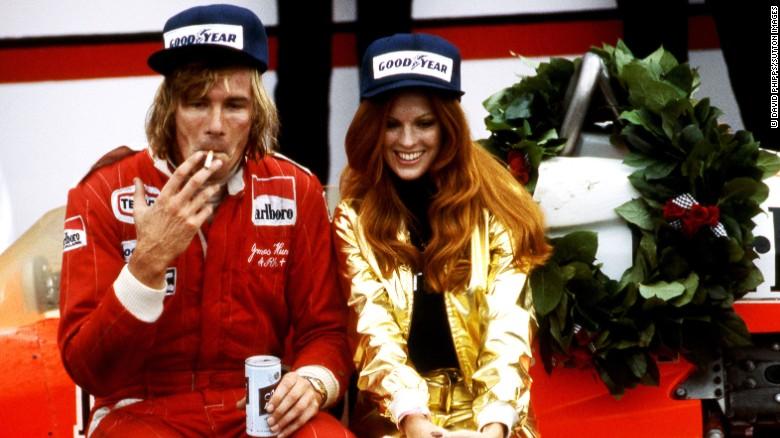
The unforgettable James Hunt savors victory at Watkins Glen in 1977.
James had driven a superb race to win. He would win the US GP again in 1977, un unforgettable savors victory.
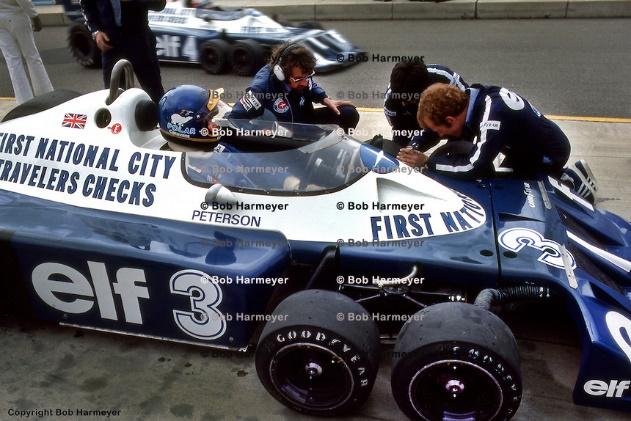
Ronnie Peterson waits to drive the Tyrrell P34 6 Ford Cosworth DFV, during practice for the US GP East on October 2, 1977, at the Watkins Glen Grand Prix Race Course. Photo by Bob Harmeyer.
Sadly there were to be just three more races at Watkins Glen, the last, in 1980, won by Alan Jones. By then it was clear that the high downforce F1 cars of the time had outgrown many of the old school road circuits, where the unsettling bumps and the proximity of the barriers made many of the drivers a little nervous.
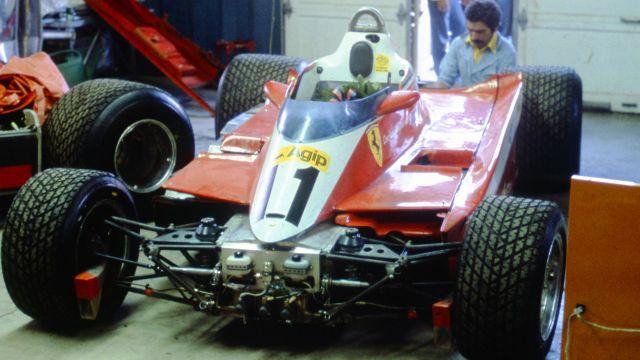
1978, Watkins Glen. Marshall Pruett Archives.
Mosport had been replaced by Montreal in 1978 and the Glen now suffered the same fate.
Hunt’s off-track shenanigans with fashion models, beauty queens, waitresses, secretaries, stewardesses and many other available and unavailable women (by his estimate more than 5,000!) gave him a well-deserved reputation as a larger-than-life playboy.
In April 1976 at the new Long Beach Grand Prix a disheveled-looking Hunt has seen wearing a hat that said “Airport Limousine” on it. And he was accompanied by an apparently intoxicated (as was Hunt) young blond in short-shorts and a dirty t-shirt, who he introduced as “Miss Hot Loins.” Hearty applause ensued. A smile from James was usually enough to win forgiveness for the most outrageous behavior.
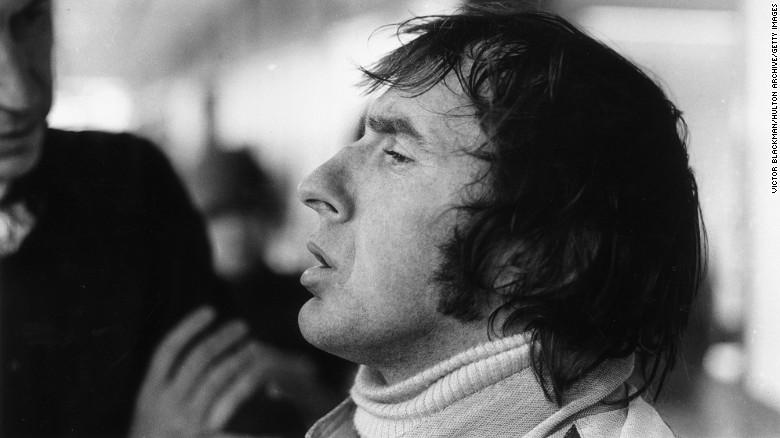
Jackie Stewart in 1972.
Three-time world champion Jackie Stewart says that Watkins Glen was a unique stop off for F1 drivers more used to a jet-set lifestyle and glamorous locations.
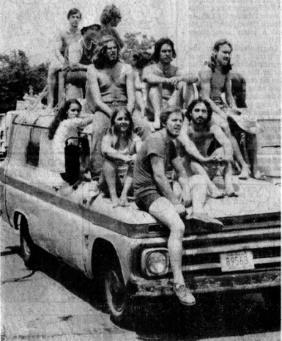
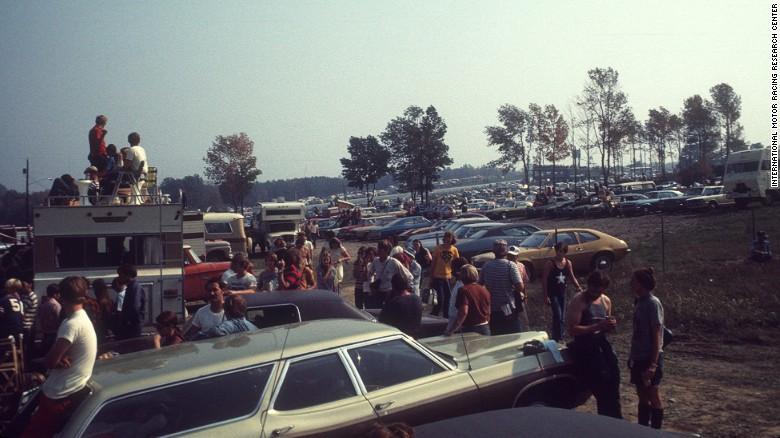
Watkins Glen car-park.
Spectators would turn up in their thousands, Stewart recalls -- the Scot likened the atmosphere at Watkins Glen to a music festival.
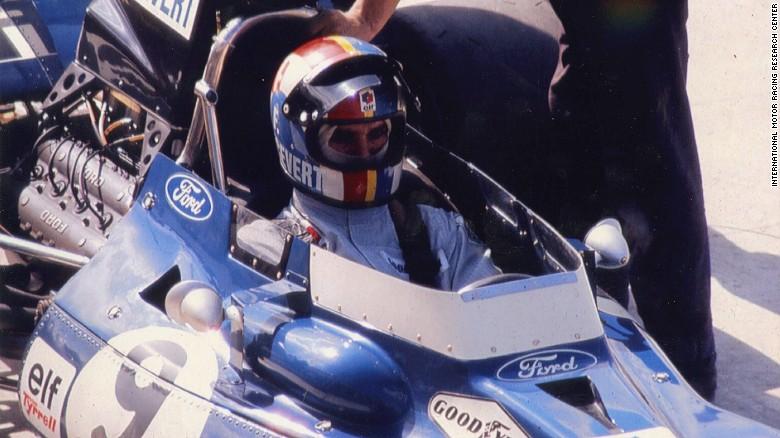
Francois Cevert was killed in 1973 at US GP.
There was tragedy too, though. Stewart's Tyrrell teammate Francois Cevert was killed after crashing during qualifying for the 1973 US Grand Prix.
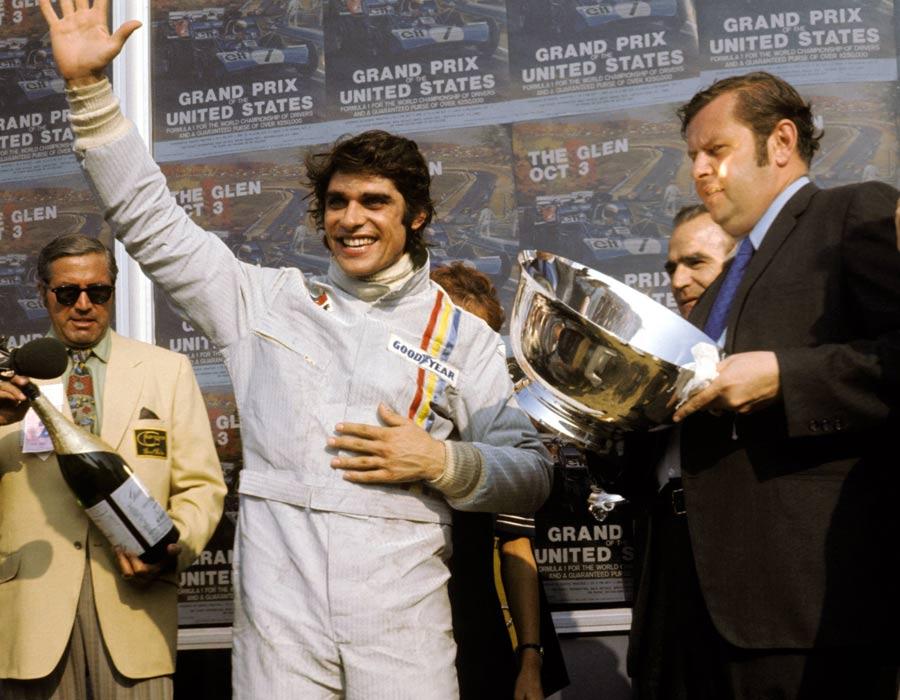
For Formula One drivers, Watkins Glen International was always a little off the beaten track.
Tucked away in a tiny village on the southern tip of Seneca Lake in New York State, "The Glen," as it is affectionately known, was a world away from F1's ritzier race destinations of the 1960s and 1970s.
While the likes of the Monaco GP is played out against a simmering, sultry Mediterranean backdrop, Watkins Glen offered a backdrop of Autumn's "mellow fruitfulness."
"It was in the Finger Lakes, it was upstate New York, it was the fall -- so the glorious colors were all out ... it was a nice circuit, but it was rural America in the fullest sense and unlike all the places we would be traveling to, be it Monza (Italian Grand Prix) or Brazil," three-time F1 world champion Jackie Stewart told.
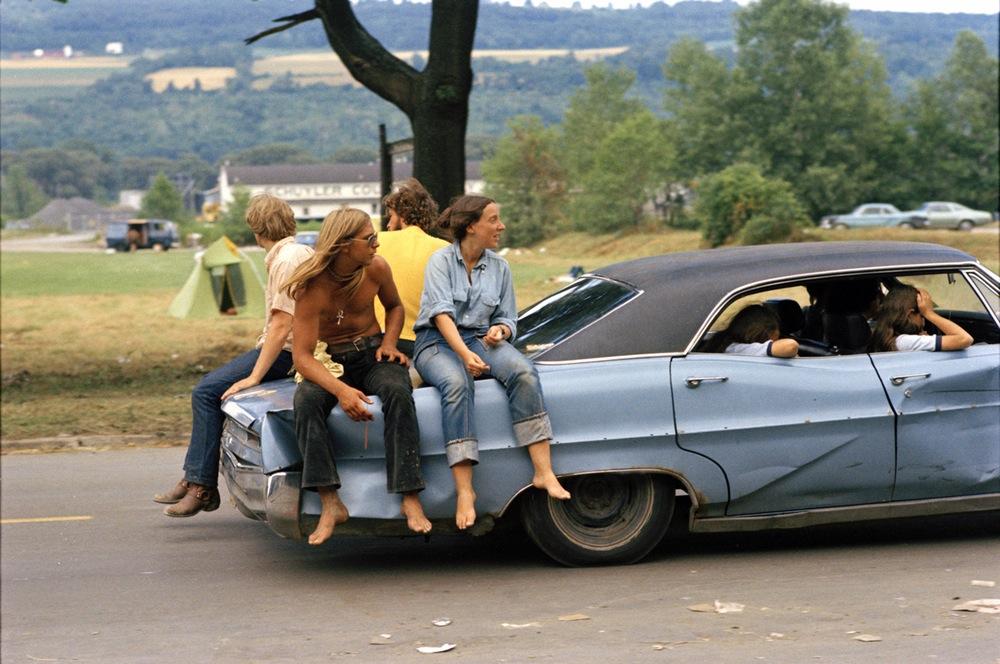
But what it lacked in glamour, it more than made up for in charm.
"It was probably the most nostalgic US Grand Prix that Formula One ever had," added Stewart.
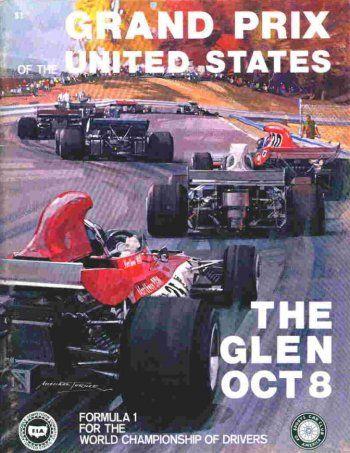
Steeped in history, Watkins Glen had hosted motorsport long before the F1 circus rolled into town.
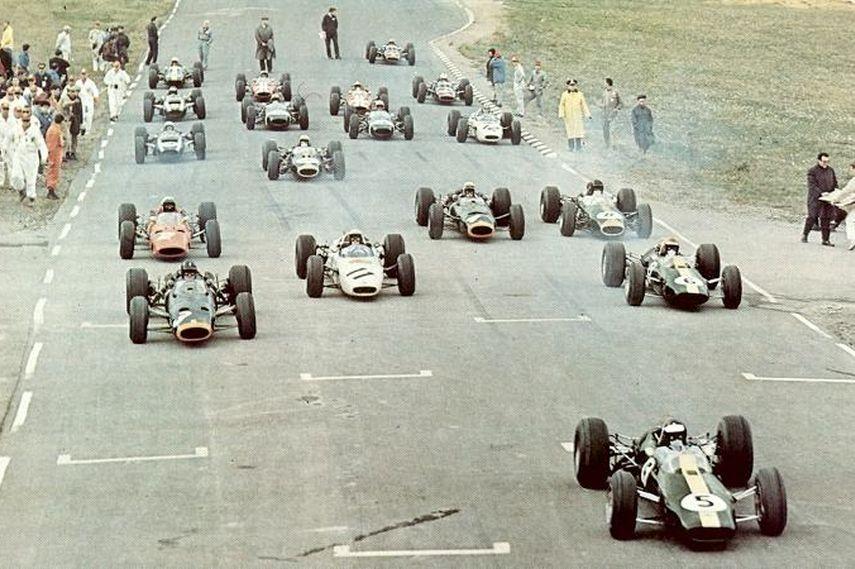
Watkins Glen, 1964 US GP start.
Local lawyer and car enthusiast Cameron Argetsinger organized the first grand prix on public roads in 1948 before a permanent 2.35-mile track (later extended) was constructed in the 1950s ahead of F1's arrival in 1961.
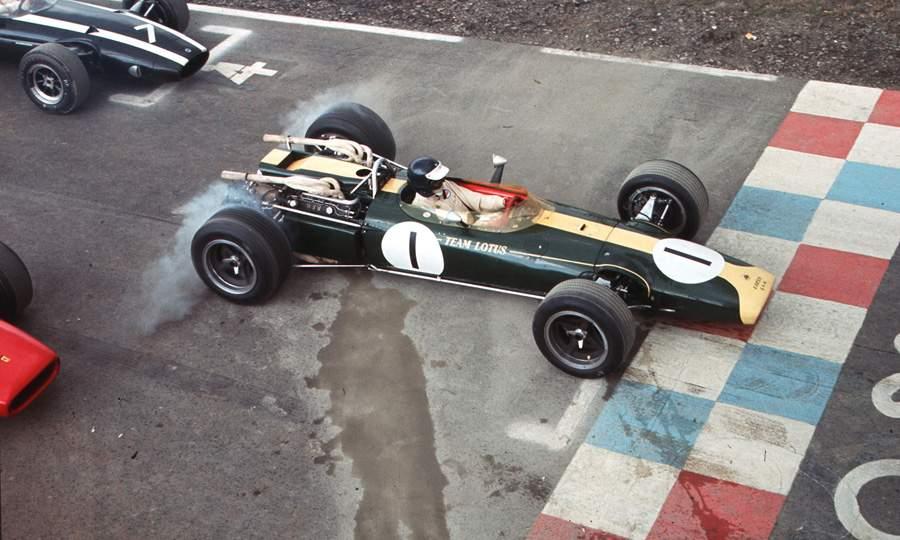
Jim Clark at United States GP at Watkins Glen in 1966. By F1 history.
The early years were dominated by British drivers -- Innes Ireland taking the checkered flag at the inaugural race followed by three triumphs apiece for Jim Clark and Graham Hill before Stewart topped the podium for the first time in 1968.
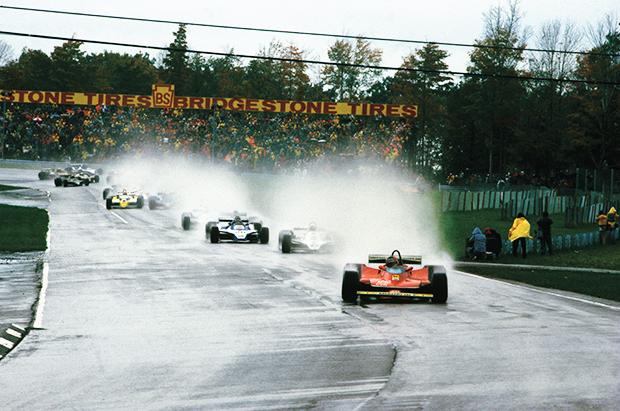
Gilles Villeneuve in a Ferrari at Watkins-Glen in 1979.
It was a track where some of F1's most famous names triumphed -- James Hunt, Niki Lauda and Gilles Villeneuve all took the checkered flag during the 1970s.
Graham Hill and Jim Clark won three US Grand Prix at Watkins Glen during the 1960s.
During grand prix weekends, drivers would stay at the famous Glen Motor Inn -- signed photographs of F1 stars of that era still cover the walls of its lobby to this day.
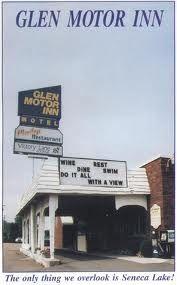
"To get a room in the Glen Motor Inn on a GP weekend was more difficult than getting the Hotel de Paris in Monte Carlo!" Stewart says.
"It was very modest to say the least but you were looking over one of the Finger Lakes and it was lovely ... it was an amazing little jewel, and yet so primitive in so many different ways in comparison to the jet set life that F1 was.
"It has a lot of happy memories. I would suggest if we could get Jim Clark back and Graham Hill back they would say exactly the same things as me."
Stewart says race weekends had a "music festival type atmosphere" in keeping with the spirit of the times.
A nearby mud bowl -- dubbed "The Bog" -- was also a popular hangout for spectators who would stone and sometimes torch cars, motorbikes and, once famously a Greyhound bus, that got stuck in the sludge.
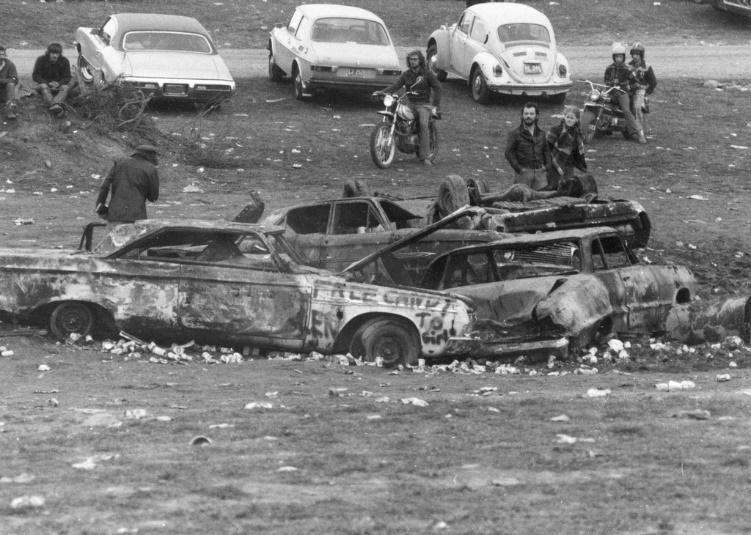
The “Bog”.
"The Bog" was a place of highjinks and revelry for many fans attending Watkins Glen race weekends.
The iconic hippie festival Woodstock is one of the biggest musical events in history. Held at Bethel, New York from 15-18 August 1969, was attended by more than 400,000 people.
There was another festival held a few years after the famous event but which has now been forgotten, even though it was bigger than Woodstock.
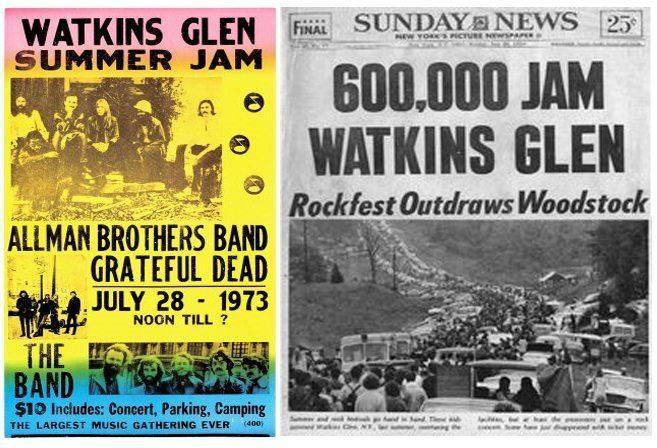
The name of this forgotten event was “The Summer Jam at Watkins Glen”.
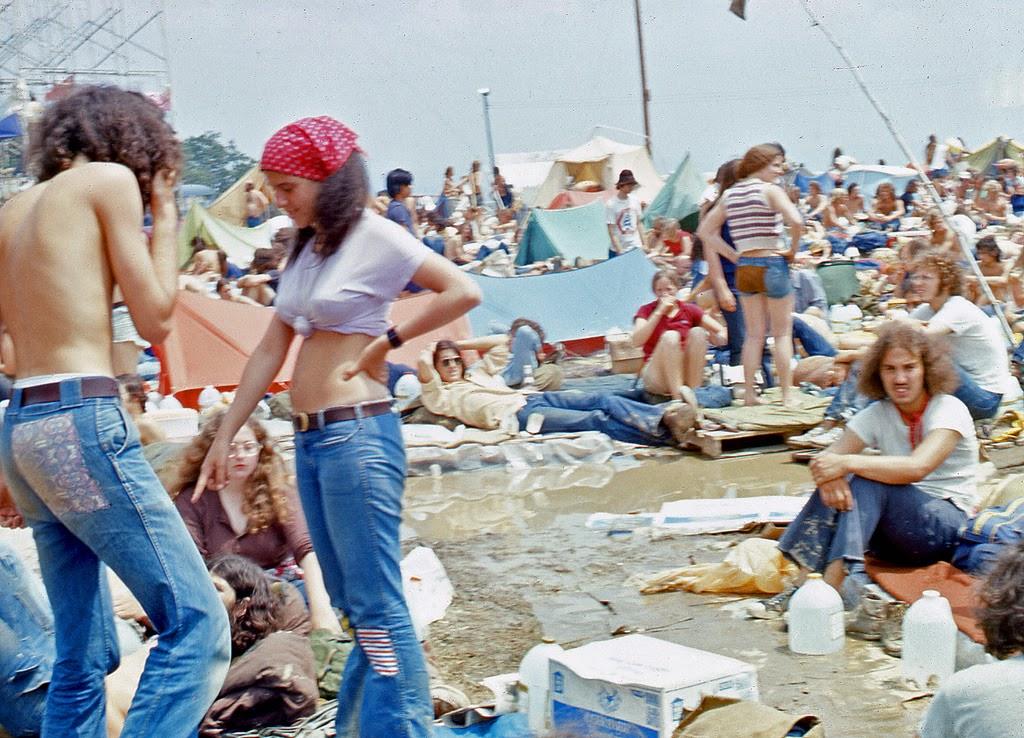
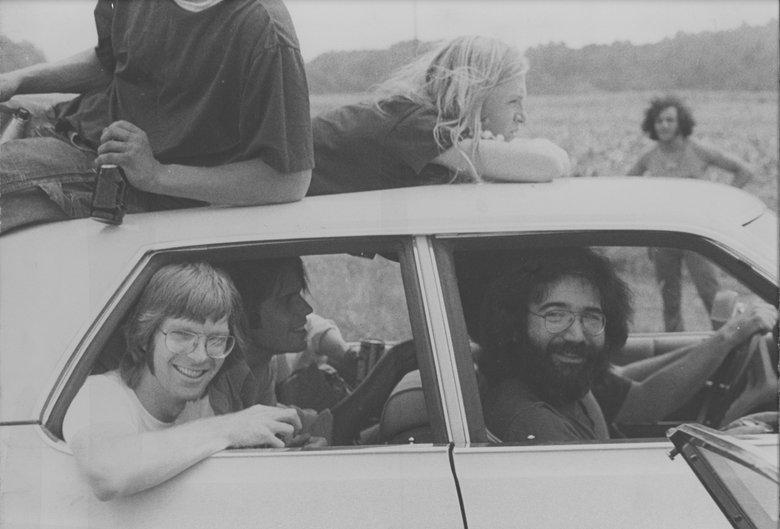
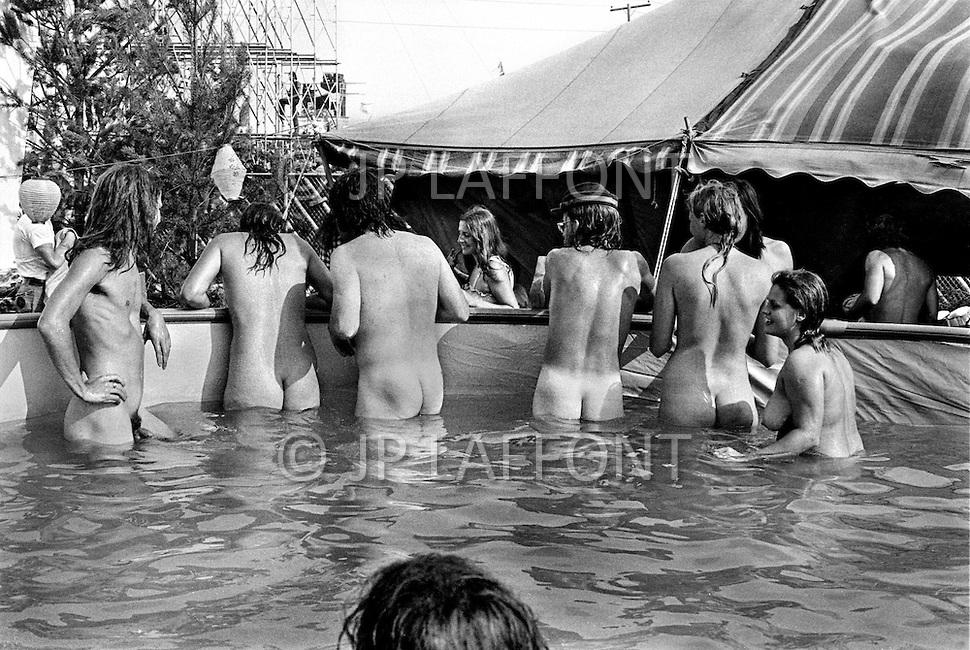
July 28 of 1973. More than one million young people gathered into the Watkins Glen Grand Prix Raceway for a single-day event, known as the “Summer Jam Rock Festival”.
It happened on 28 July 1973, at the Watkins Glen Grand Prix Raceway, New York.
Often called as the “Forgotten Woodstock”, this event had only 3 bands perform: The Grateful Dead, The Band, and the Allman Brothers Band.
The rock happening attracted approximately 600,000 visitors and entered the pages of the Guinness Book of World Records as the festival with the biggest audience at the time.
Another miracle of the “Glen”!
Thus spoke of the circuit a spectator of the time: “my first F1 race was at the Glen in 1969 and I went for a number of years later. I'll never forget camping out with my buds, the smell of wood fires, Genesee Cream Ale, Bud Man and everything that went with early October in the Finger Lakes. It was only a couple of months after Woodstock and had the feeling of the automotive equivalent.
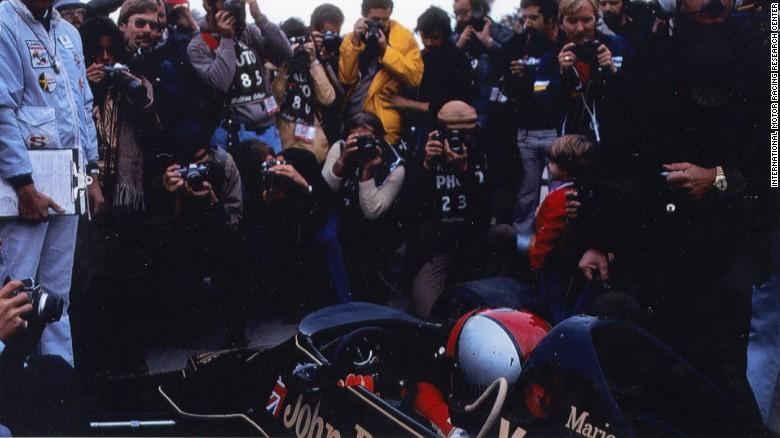
Andretti remains the last American to win motorsport's premier race series.
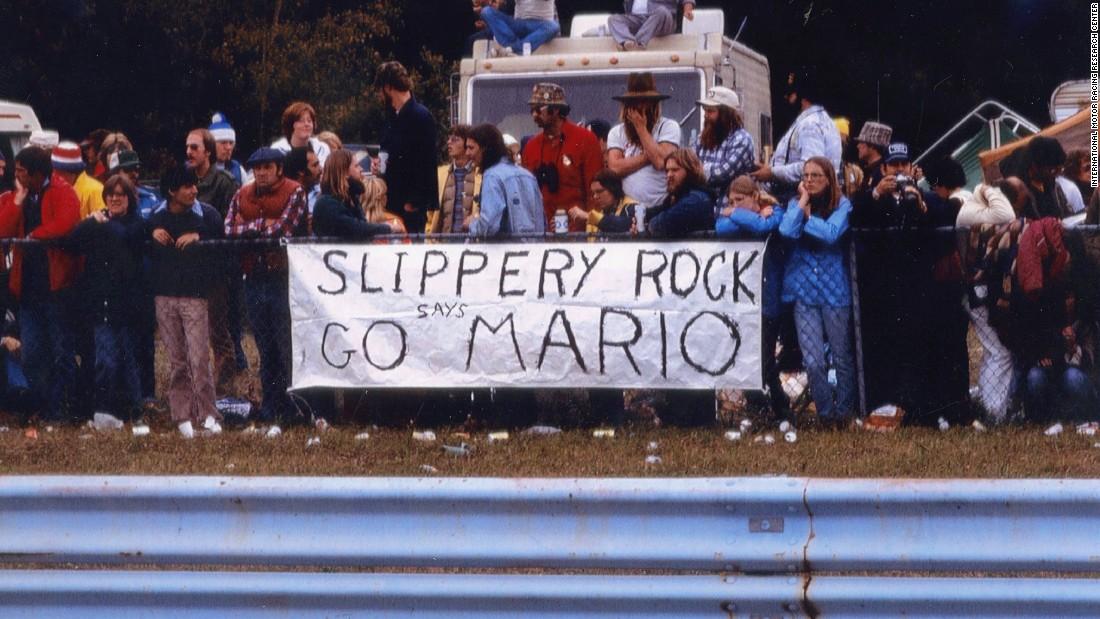
Mario Andretti never won the US Grand Prix at The Glen but he was crowned F1 world champion in 1978. International Motor Racing Research Center.
All the superstars were there. Jackie Stewart, John Surtees, Jack Brabham, Graham Hill, Denny Hulme, Bruce McLaren, Mario Andretti, etc.
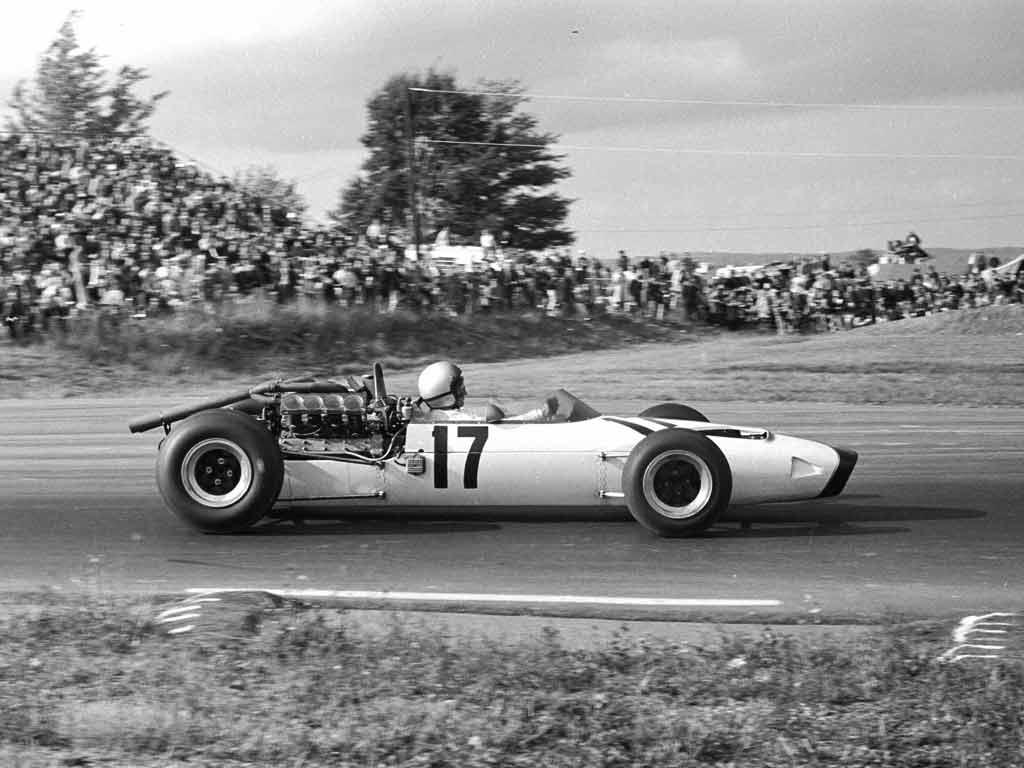
Bruce McLaren, Mclaren Ford, at Watkins Glen in 1966.
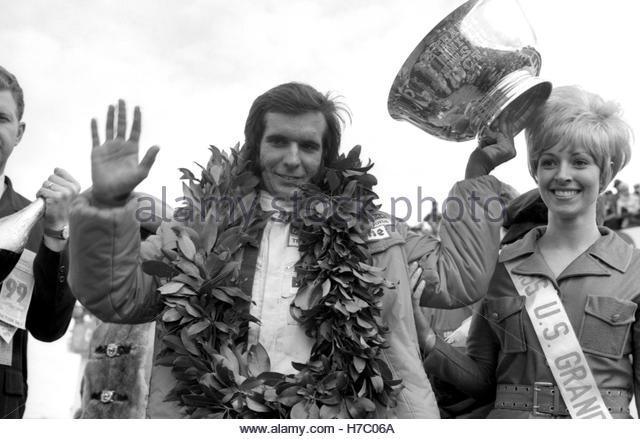
Emerson Fittipaldi winner in 1970 at Watkins Glen in a Lotus 72c.
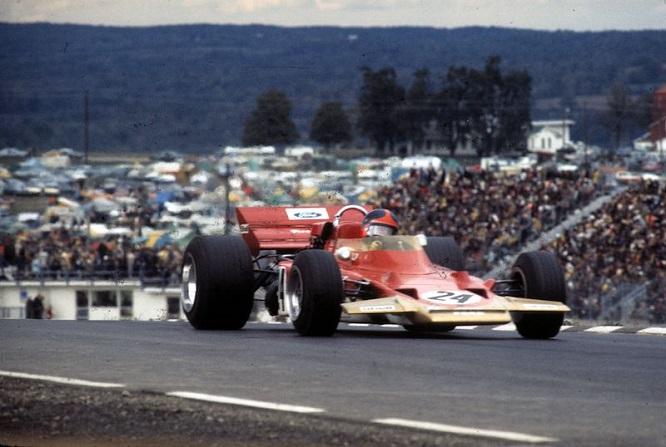
Emerson Fittipaldi, Lotus-72, at Watkins Glen in 1970.
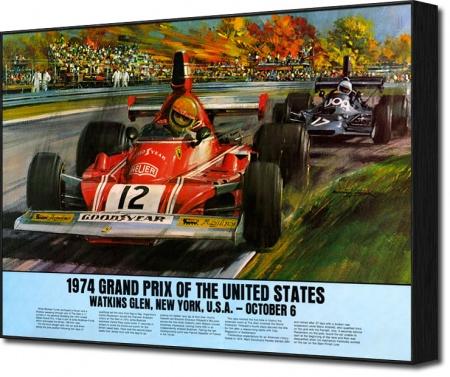
The cars were still relatively pure, without all the aerodynamic add-ons. You could buy a pass for $5 to walk through the Kendall Center and watch the mechanics wrench on the racers from about 10 feet away:
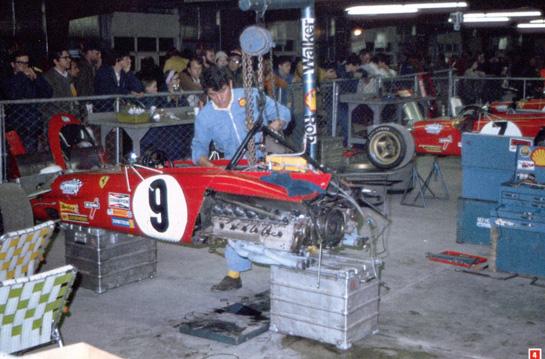
Ferrari garage at Watkins Glen in 1972.
It was a giant party for car guys, probably never to be repeated. Those were the days, my friend, we thought they'd never end.
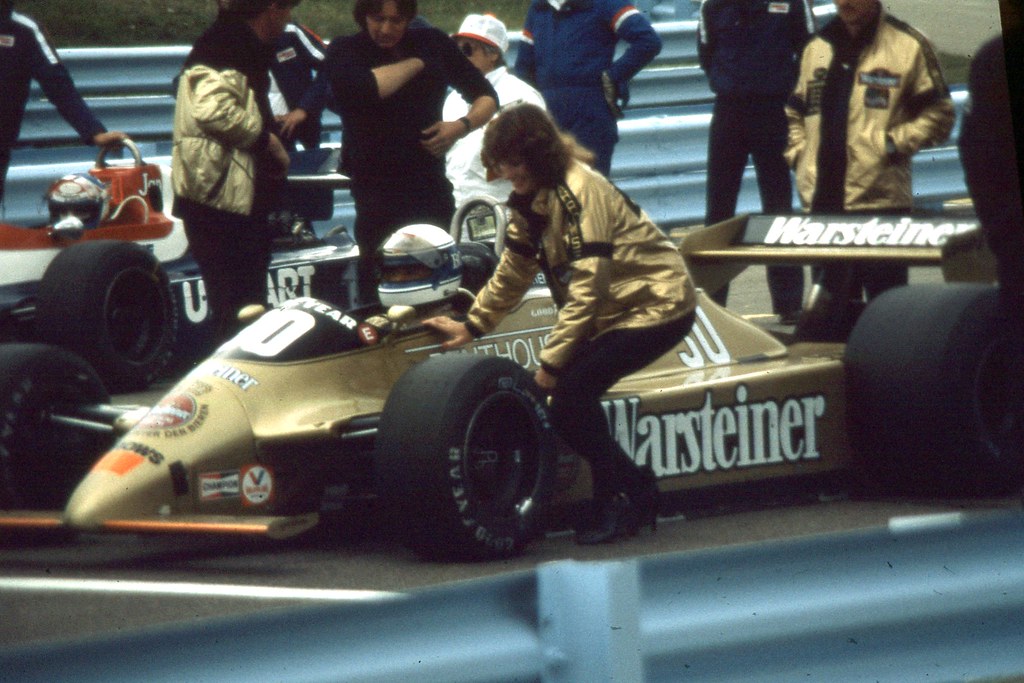
Jochen Mass being attended to by one of the Penthouse girls on the grid at Watkins Glen in 1980.
Videos



Comments
Authorize to comment